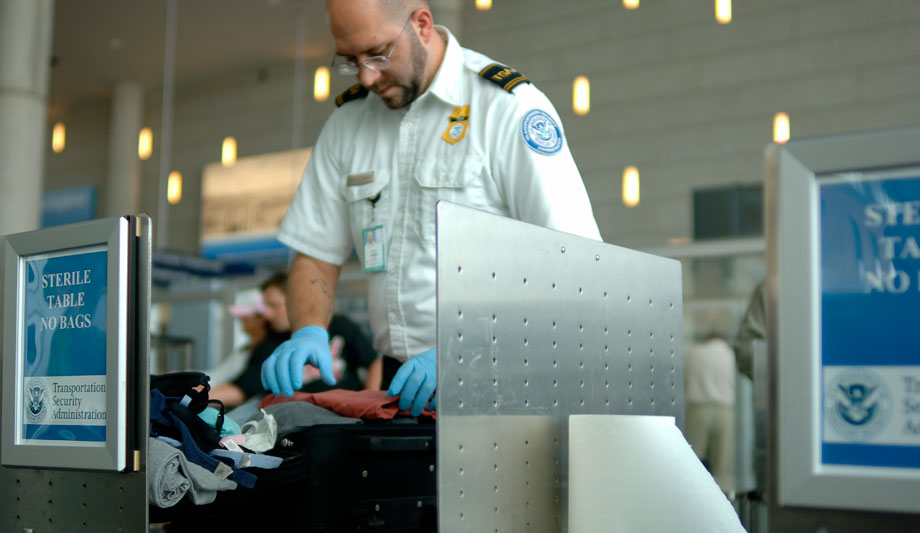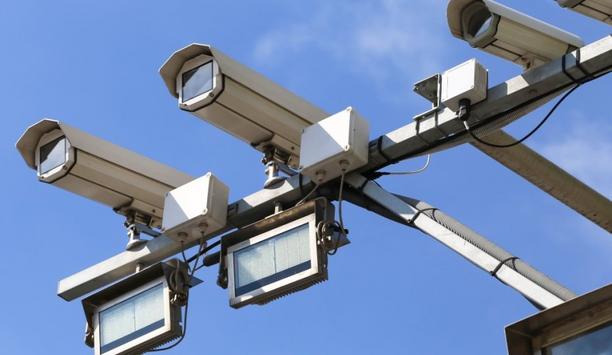I suspect that many people – especially travellers – associate the idea of “security” with what they see at the airport screening line. If that’s the case, our market’s image suffers from the association.
I’m not sure what that is, that happens at airport screening gates, but I don’t think it’s security. Rather than actual security, the practice seems aimed more at making the travelling public feel safer (if that’s possible even as they are hassled to take off their shoes and unpack their baggies and laptops).
Airport security has always played a vital role ensuring travellers are not put at risk and preventing possible terrorist attacks. Over the years, major airports from around the world have adopted varied forms of security systems from biometric systems to access control solutions for passengers. In the United States, the Transport Security Administration is primarily responsible for keeping travellers safe at airports.
Airport screening agents failing security tests
I imagine the idea is that if they have to jump through enough hoops, surely an intended terrorist would just give up and go home. After I pass through the line, I mostly feel tired, irritated and a little violated. Not safer.
The media is full of reports about how ineffective airport security screening it. You hear that Transportation Security Administration (TSA) screeners consistently underperform – some data shows that TSA agents fail 95 percent of security tests involving passing weapons through security.
It’s a classic case of focusing too much on the process and not enough on the outcome. Processes can be mandated. People can be herded like cattle through long lines by well-meaning agents. Technology can be deployed. Activity can be created – but to what end?
Achieving an outcome is much harder, and has mostly eluded the TSA throughout its 15 years of existence. Would anyone today be surprised if there were another 9/11-type attack? Who would be shocked to learn that an airport screener missed something important that led to a disaster? It’s more likely terrorists would find a new way to create mayhem while screeners are still reacting a dozen years later to an attempted shoe bomber or use of liquid explosives.
After 9/11, airport security screening was deemed too important to be performed by private companies. The government had to step in. However, along with government involvement came the same level of bureaucratic inefficiency one sees at the local DMV.
Background checks for passengers as an additional security measure
The latest TSA administrator, Peter Neffenger, is being called on to improve the situation. But how do you improve what amounts to a self-perpetuating bureaucracy that resembles a federal jobs programme more than a security operation? There is talk of more emphasis on workforce recruiting, training and management.
There is also talk about more intelligence gathering about passengers – likely outsourced – before they get to the airport. Assigning a commercially developed “risk score” could be used to sort passengers for less screening. It’s a variation on the idea of the existing PreCheck programme – offering less screening to someone who volunteers for a background check. But will any of it improve the situation?
The lack of a successful terrorist attack is sometimes cited as evidence of the success of the TSA. However, if you evaluate the bigger picture, including the TSA’s repeated failures and inefficiencies, it seems more likely we have just been extremely lucky.












































